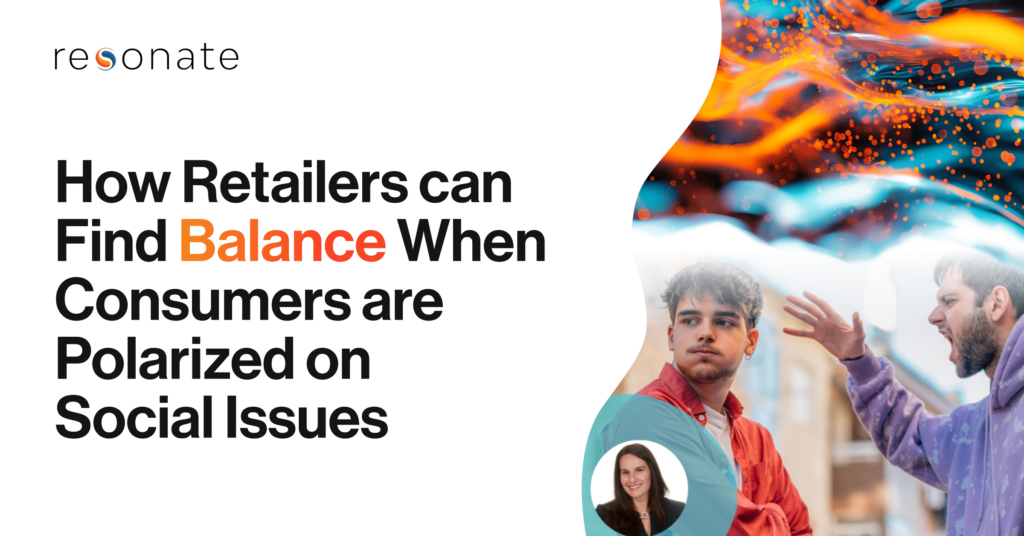When you are doing something really innovative as a company, it can be very tempting to assume that you know the best way to do it. Over the last several years, as our Resonate platform evolved, it became natural for everyone involved in the development process to (a) form opinions and assumptions on what the best ways to were to use the product; and (b) develop enhancements based on those opinions and assumptions.
As a company we fell into this common trap of developing based on internal thinking before we actually got confirmation of those assumptions from our customers. Examples of past misconceptions included “Customers comparing two audiences in the platform, so therefore the visualization that they would choose to analyze that data with should be a bar chart.” Or “That target audience the customer built in the platform would be too small to be meaningful, so let’s exclude it from the report that the customer can get access to.”
As we talked with customers over the last year about how they were using the platform, it became clear it was important to take a step back from our original thinking and shift our mindset. When it came time to decide how to evolve the product with the Resonate HI-RES release, we learned from past mistakes and made sure to take our customers’ feedback into consideration.
For example :
- Customers can now to choose their own visualizations for analyzing the data within the platform.
- We also lifted restrictions on the amount and type of data customers can access and analyze. Instead of using encoded logic, we now provide warnings or alerts (e.g. “Your audience is below the recommended threshold.”) This new philosophy has given our customers access to more information and the freedom to solve a wider variety of problems, including some that we did not anticipate them having in the first place.
The lesson this reinforces is to the importance of listening to customers and taking their feedback into direct consideration during development discussions. This mindset helps us avoid falling into the easy trap of building the product that we internally think makes the most sense. As a result of this shift in thinking we now have a version of the product that is the most user friendly that it’s ever been.
Chris Harbert is the Director of Information Quality at Resonate.



